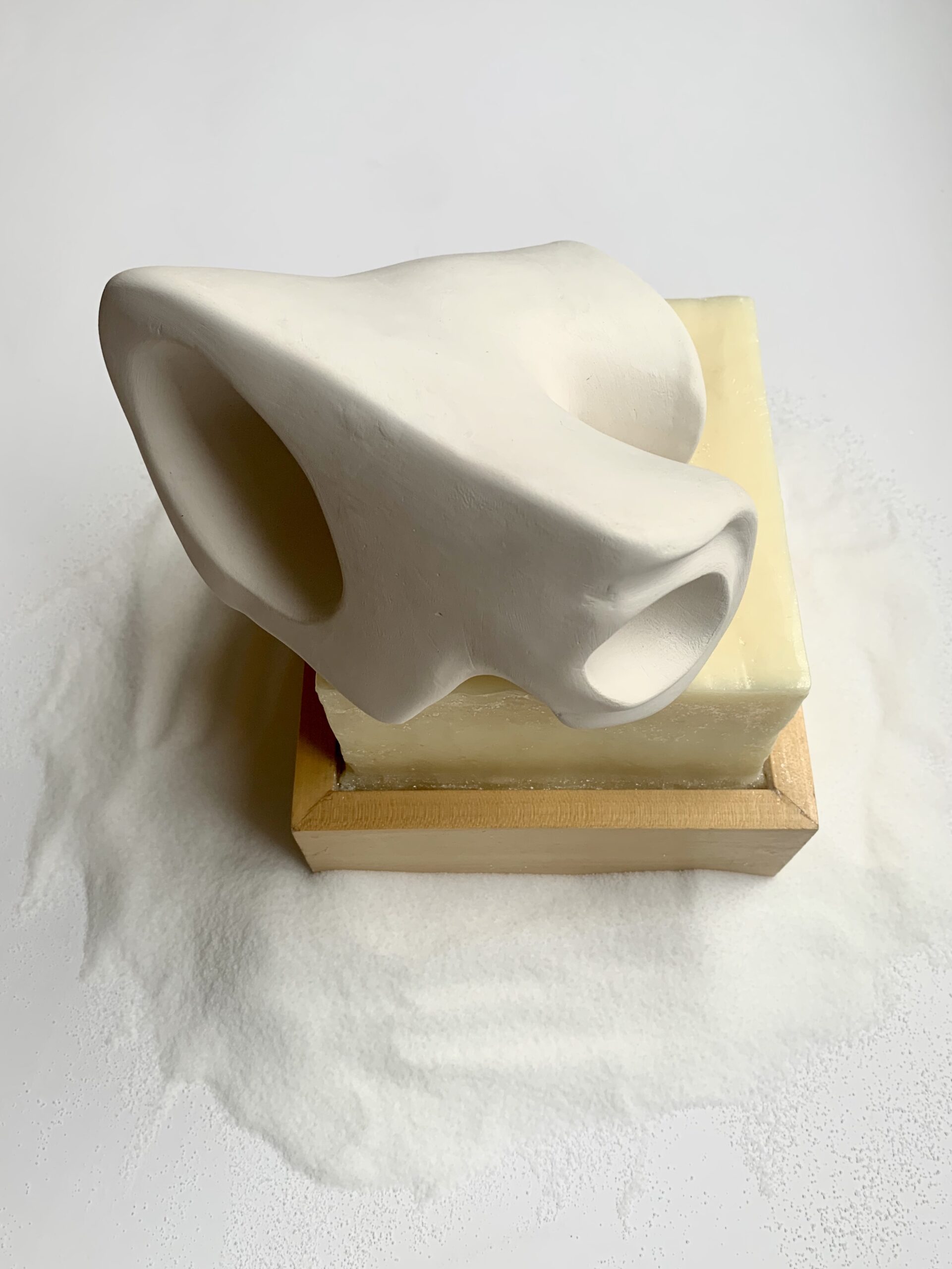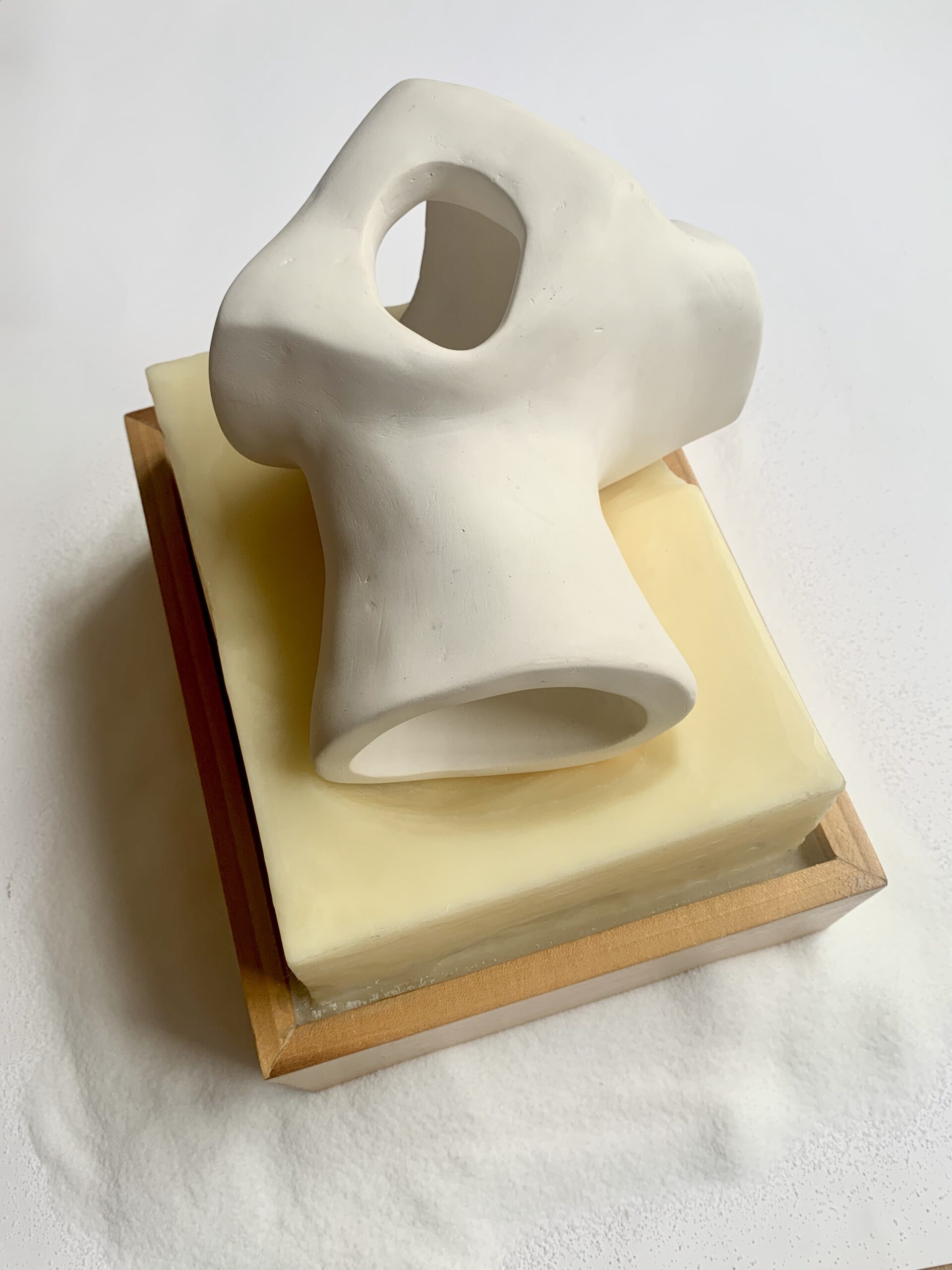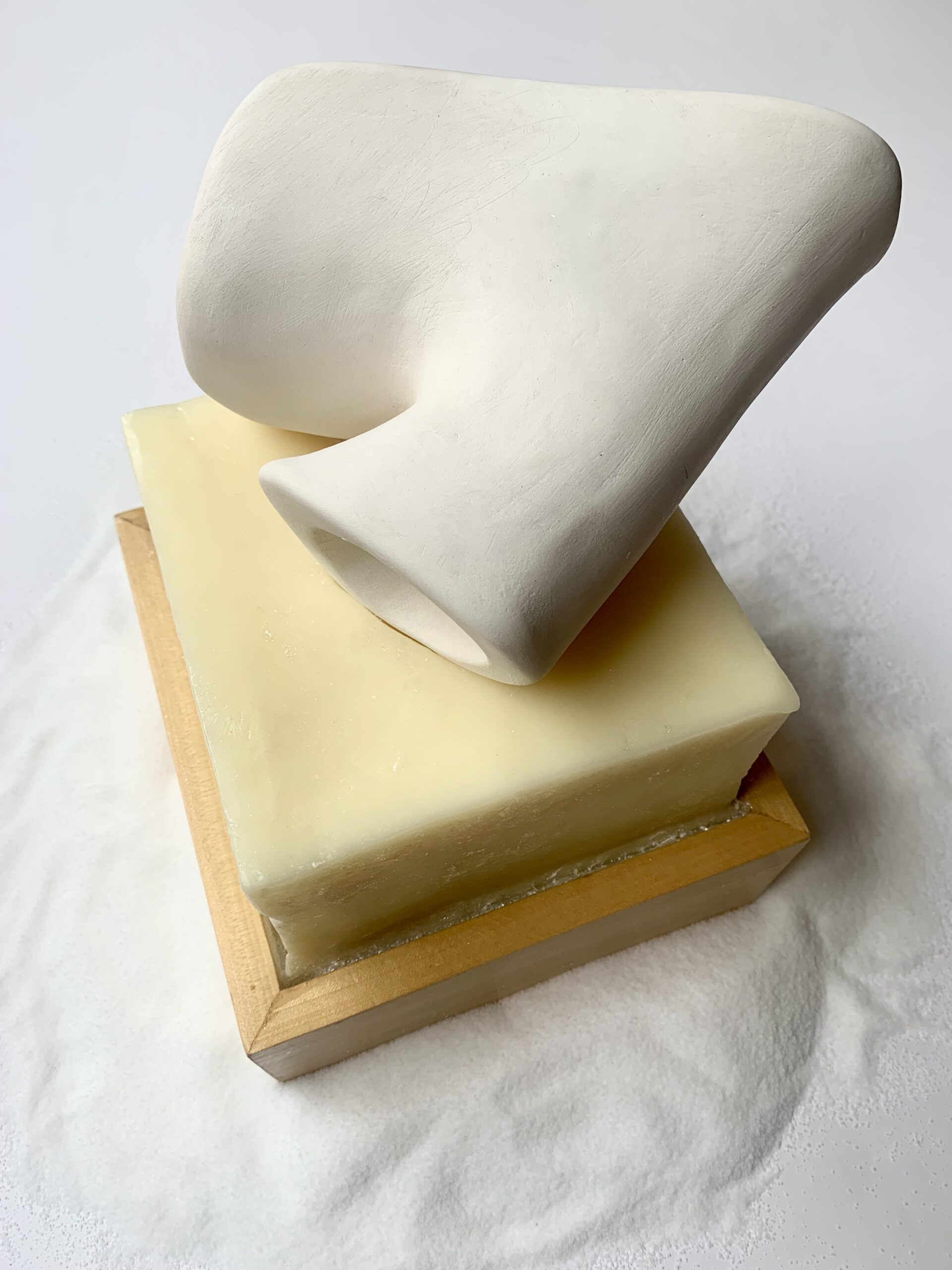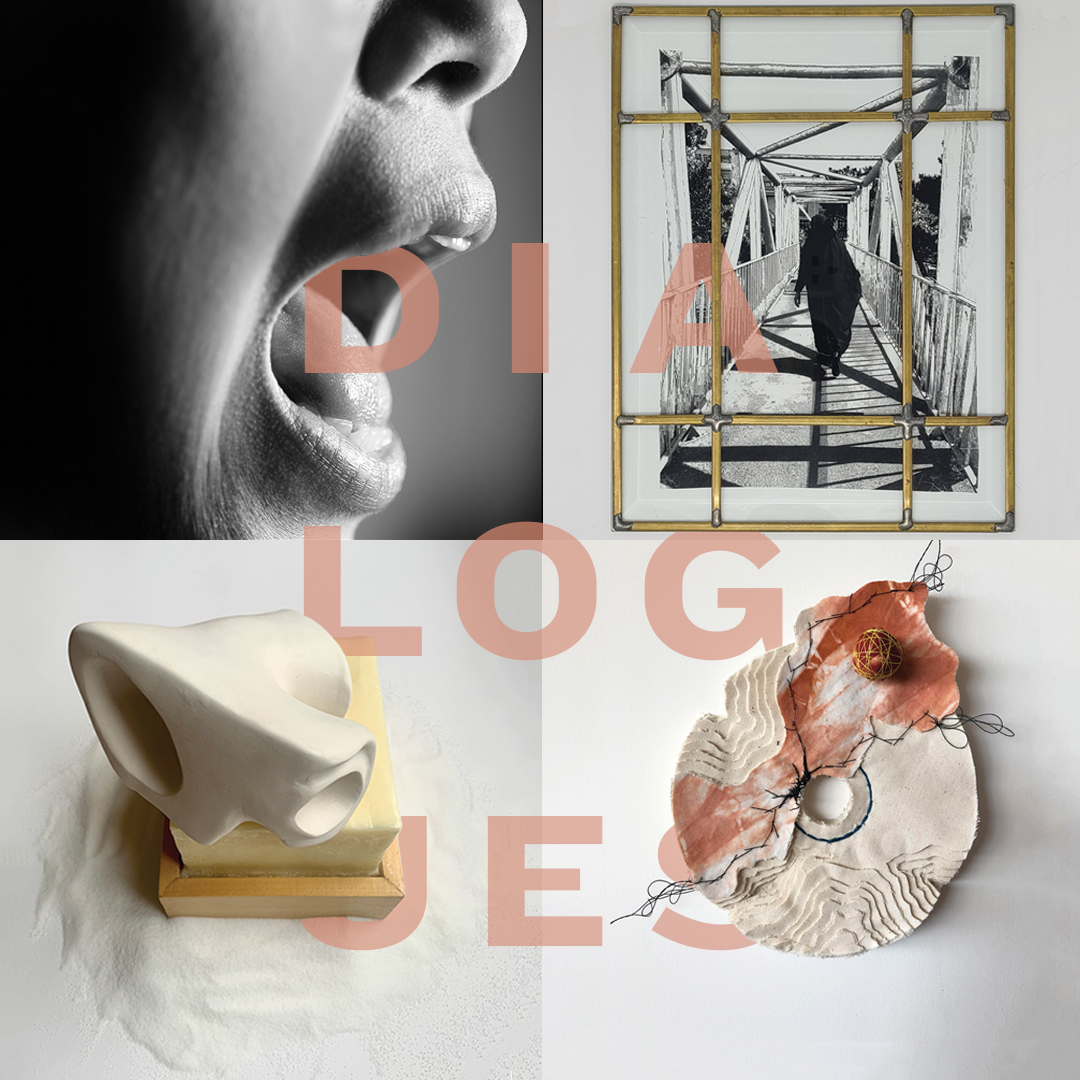Artist Bio
Eliane Paulino was born in 1968 in Jacarezinho, a city with 40,000 inhabitants in the southern Brazilian state of Paraná. There she grew up with seven siblings on the edge of the jungle. In her environment we find a panther, which grew up as a pet in her family and for whose care she was responsible, but also the richness of forms of the flora and fauna and the variety of smells of the nearby coffee plantation. It is early influences that had a lasting effect on her perceptions and her art. Above all, however, it is the wide spectrum of colors, the rich colors of her homeland, which appear again and again in her work and make it a unique experience for the viewer.
Life in harmony with nature came to an abrupt end when she moved to the big city of Sao Paulo. For her, it meant the end of childhood and farewell to the rural and natural idyll of Jacarezinho. The later emigration to Europe, first to Portugal and later to Germany, was another station on the way to the expulsion from paradise. A crucial step in her personal and artistic development was her studies at the Düsseldorf Art Academy. Today Eliane Paulino lives and works in Germany, the USA and Brazil.
It was only in Germany and the USA that it was, as she puts it, “plasticized” – the western wonder world of plastics has taken complete possession of it here. For her, plastic is still directly associated with progress and a wealth and prosperity that she did not know from her home country. At the same time, plastic has an eminently political dimension for her. As a disposable product, it represents the downside of our modern industrial society, which has long ceased to be limited to a specific region. In the meantime, the consequences of modern industrialization can also be felt in Brazil. In dealing with the plastic, experiences from her childhood and a confrontation with the consequences of modern industrial society are mixed, which she translates into a unique synthesis of color and material in her art. She subjects this material to ever new transformations, with which she challenges our conventional perceptions and opens the possibility for us to reconsider its aesthetic qualities and its relationship to us.
Statement – Laurenci Filaments
Laurencia is the name of an algae, whose filament structure inspired me to
explore a hybrid structure of “bone and plant.”
Laurencia-Filaments/branching shows various ligaments reflecting the various ways to conduct energy, like a blood vessel, transporting particles, fluids, and information. These ligaments are the conductor passages for the body to exchange life throughout the system that uses channels to carry information, as well material and liquid, to sustain life.
Receptor and giver
Salt is a very important chemical/mineral that sustains life, conducting electricity through its ions.
The ceramic, when fired, becomes resistant, resembling archeological artifacts. The wood and the wax are warm elements.
Encaustic gives a feeling of protection, but also of a memory of something old.
The pieces are placed on wax and when taken out, the wax reveals a footprint of the form – a memory of what once was.
The wood pedestals hold each piece in evidence, as a unique object.
Laurencia structures can be seen in various spectrums of life and nature, but also in artificial contexts. In these times of mass and high speed communication – internet, social media, nano-technology and artificial intelligence – networks are the conductors for the expansion of communication of our civilization.
Laurencia binds societies between continents and cultures in a global society exchanging thoughts and experiences, and breaking boundaries. Laurencia is network building, expanding, reorganizing, and opening new Ideas for new collaboration.
Education:
2006 Painting Sculpture workshop, Prof. James Cook, University of Arizona, Tucson, Arizona USA
2006 Photographie workshop, Prof.Sama Raena Slshaibi
2003 Internationale Sommeracademie for Bildende Künstler – Visual Culture Studies workshop, Professor Katharina Sieverding, Austria
1998-2002 Akademiebrief – Diploma in Fine Arts -Kunstakademie Düsseldorf – Art Academy Düsseldorf, Germany
Studied Performance and sculpture, Professor Klaus Rinke
1996 -1998 Kunstakademie Maastricht – Art Academy Maastricht, Studied monumental painting, artist Felix von Beek




